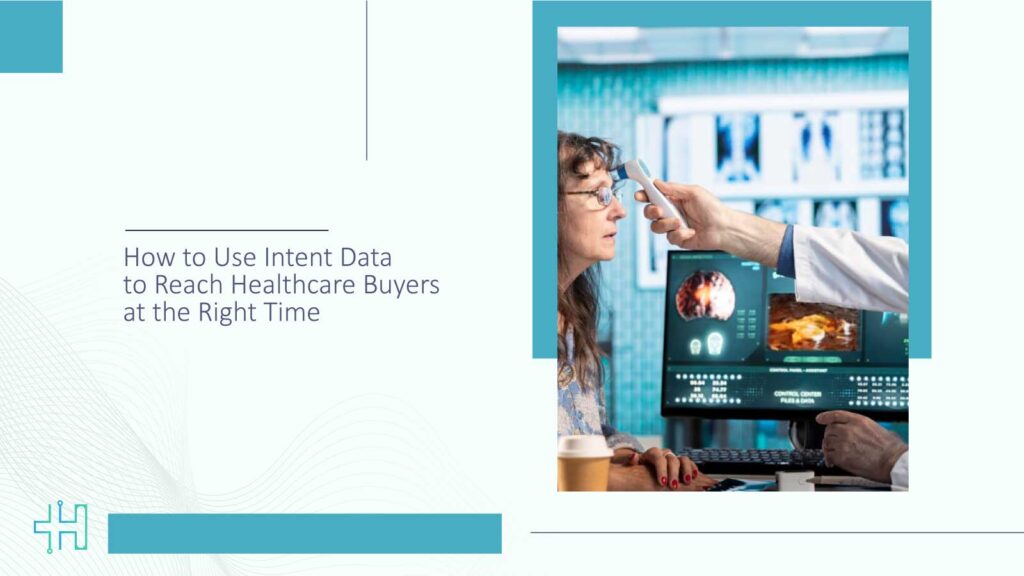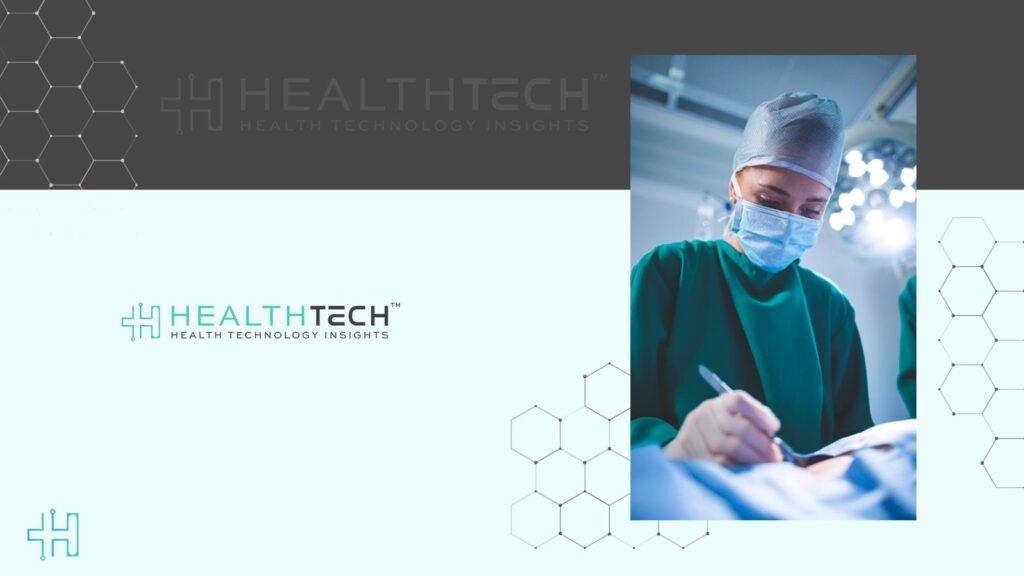Ever wish you could read a healthcare buyer’s mind? Imagine knowing when a hospital CIO starts looking into AI-powered diagnostics, or when a clinical workflow manager begins comparing telehealth platforms. That’s not science fiction anymore, it’s intent data. And if you’re in health tech, it might just be the missing link between your solutions and your next big sale. In this guide, we’ll walk through how to use intent data in healthcare marketing to reach the right people at exactly the right time. No guesswork. No wasted budget. Just precise, human-first outreach that builds real relationships.
What Is Intent Data and Why It Matters
Intent data tells you when a potential customer is actively researching topics related to your solution. It’s like catching someone mid-conversation about your product category, a golden moment to step in.
First-party data: Comes from your site and assets, including who clicked what, who filled what, and who lingered where.
Third-party data: Comes from behavior on other platforms, like reading articles, attending webinars, or downloading guides
When combined, intent data helps you understand who’s in the market now. According to TechTarget, companies using intent data saw up to a 3 times increase in pipeline velocity and 78% higher conversion rates. Intent data in healthcare, where buying cycles are long and committees rule, timing is everything.
The Healthcare Advantage: Why Timing Matters More Here
Healthcare buyers operate in a unique universe. A single procurement decision might involve a CISO, CMIO, CFO, clinical operations lead, and even patient advocacy reps. The stakes are high, the scrutiny higher.
Intent data gives you a front-row seat to their research journey.
For instance, a person working in a health tech startup lands a major client because their marketing team noticed a spike in “remote cardiac monitoring compliance” signals. They acted fast, sent a case study to the right director, and got a meeting within a week.
That’s the kind of edge intent data offers: a signal to connect before someone else does.
Step-by-Step: How to Use Intent Data in Healthcare Marketing
1. Define Your Ideal Healthcare Accounts
Start with the basics: region, hospital type, EMR vendor, and patient size. But here’s the key: layer intent signals on top. Platforms like Bombora and HealthLaunchpad let you see which organizations are actively researching topics relevant to your space.
Example: If a mid-sized hospital network starts searching for “HIPAA-compliant data sharing,” and you offer that, you’re already late if you wait a month.
2. Identify Stakeholder-Specific Topics
Healthcare buying teams are cross-functional. So map intent to roles:
- CMIOs: “Clinical decision support systems”.
- CISOs: “EHR cybersecurity”.
- CFOs: “Cost reduction via automation”.
- Craft different value props for each.
3. Track Intent in Real-Time
Use tools like Bombora, 6sense, or Demandbase to track shifts in interest. Set alerts for when key accounts show spikes in relevant topics.
One CIO told me he appreciates vendors who “show up with insight when it matters, not just to sell, but to guide.” Intent data lets you do exactly that.
4. Engage Across Channels When the Signal Is Hot
Once intent spikes, act fast:
- Send personalized emails that address what they’re reading about.
- Launch targeted LinkedIn or Google ad campaigns.
- Have your sales team reach out with tailored messaging.
TytoCare, a digital diagnostics company, used LinkedIn intent data to improve engagement across the U.S. market. By syncing campaigns with what buyers were already researching, they boosted their win rate significantly.
5. Track, Learn, Iterate
Every campaign using intent data is a chance to learn. Track KPIs like:
- Time-to-meeting.
- Email open and reply rates.
- Pipeline velocity.
Then refine. Maybe your CTAs were too generic. Maybe your audience prefers video. Intent gives you a head start, but performance data helps you finish strong.
Intent Data in Healthcare: A Case Study Worth Noting
Health Launchpad ran a 120-day pilot with a health tech client. The outcome?
- 31 meetings booked.
- 17 qualified opportunities.
- $2.7 million in closed deals.
And that was from one campaign. The key? Knowing exactly when and where to reach out.
The Bigger Picture: Why Intent Data Is Surging in 2025
- U.S. digital health marketing spending is set to cross $19.6 billion this year.
- 75% of healthcare buyers research online before talking to sales.
- 76% of marketers are increasing investment in intent-driven strategies.
The momentum is clear, and the question is: will you use it to your advantage?
Forward-Thinking with Intent Data
Looking ahead, intent data in healthcare will only get smarter. AI will start parsing anonymized clinician forums, Slack conversations, and device data. You’ll be able to detect emerging trends, like the next telehealth boom, weeks before headlines catch up.
The companies that win are the ones that listen closely. And today, intent data is how you listen at scale.
The Future Belongs to the Timely
In a space as dynamic and high-stakes as healthcare, timing isn’t just a metric; it’s a mission-critical advantage. With the right intent data strategy, you’re not just targeting buyers. You’re anticipating needs, building meaningful connections, and showing up as a partner, not a pitch.
Imagine being the voice that speaks when your buyers are actively searching for guidance. That’s the power of intent data in healthcare marketing. It transforms outreach into insight, campaigns into conversations, and data points into decisive actions.
As health tech continues to evolve, the most successful brands won’t be the ones shouting the loudest. They’ll be the ones listening the closest, and responding with empathy, precision, and purpose.
So start now. Listen smarter. Act faster. And be the presence your buyers didn’t know they needed until you showed up at exactly the right time.
FAQs
1. What makes intent data valuable in healthcare specifically?
Healthcare purchases involve many stakeholders and long timelines. Intent data helps you step in when research starts, not when it’s too late.
2. Is it hard to get started with intent data tools?
Most platforms are plug-and-play with Salesforce, HubSpot, and LinkedIn. Start small with a 60-day pilot.
3. How can I ensure the data respects patient privacy?
Reputable vendors offer anonymized, aggregate data that doesn’t include PHI and complies with HIPAA and GDPR standards.
4. What’s the ROI like for using intent data?
Case studies show up to 3 times faster pipelines and over 70% more conversions. You reach buyers when they’re ready.
5. What are some good tools to try first?
Bombora, 6sense, Demandbase, and HealthLaunchpad are well-suited for healthcare applications.
Dive deeper into the future of healthcare.
Keep reading on Health Technology Insights.
To participate in our interviews, please write to our HealthTech Media Room at sudipto@intentamplify.com




